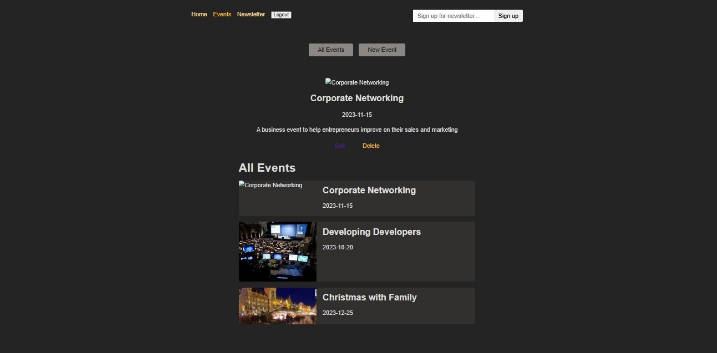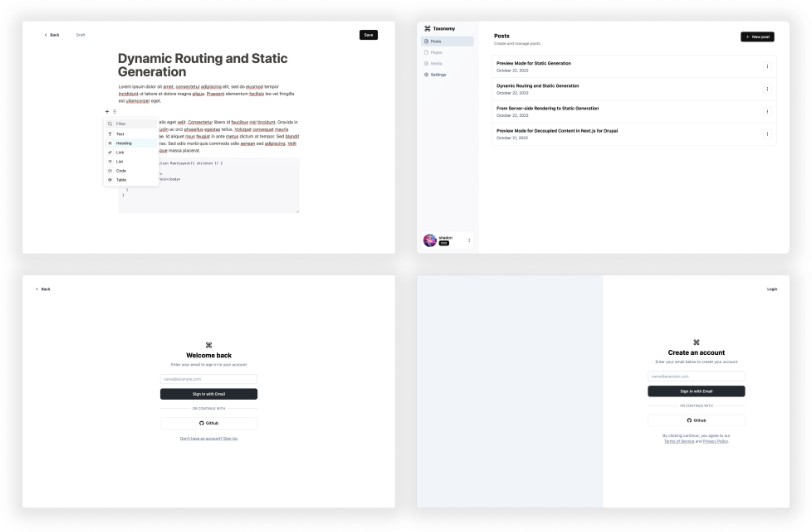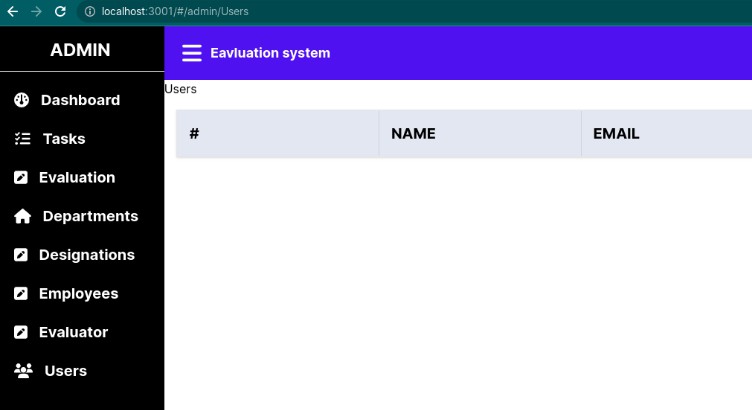Connected React Router
A Redux binding for React Router v4.
Main features
:sparkles: Synchronize router state with redux store through uni-directional flow (i.e. history -> store -> router -> components).
:gift: Support React Router v4.
:sunny: Support functional component hot reloading while preserving state (with react-hot-reload).
:tada: Dispatching of history methods (push, replace, go, goBack, goForward) works for both redux-thunk and redux-saga.
:snowman: Nested children can access routing state such as the current location directly with react-redux's connect.
:clock9: Support time traveling in Redux DevTools.
:gem: Support Immutable.js
:muscle: Support TypeScript
Installation
Using npm:
$ npm install --save connected-react-router
Or yarn:
$ yarn add connected-react-router
Usage
Step 1
- Create a
historyobject. - Wrap the root reducer with
connectRouterand supply thehistoryobject to get a new root reducer. - Use
routerMiddleware(history)if you want to dispatch history actions (e.g. to change URL withpush('/path/to/somewhere')).
...
import { createBrowserHistory } from 'history'
import { applyMiddleware, compose, createStore } from 'redux'
import { connectRouter, routerMiddleware } from 'connected-react-router'
...
const history = createBrowserHistory()
const store = createStore(
connectRouter(history)(rootReducer), // new root reducer with router state
initialState,
compose(
applyMiddleware(
routerMiddleware(history), // for dispatching history actions
// ... other middlewares ...
),
),
)
Step 2
- Wrap your react-router v4 routing with
ConnectedRouterand pass thehistoryobject as a prop. - Place
ConnectedRouteras a child ofreact-redux'sProvider.
...
import { Provider } from 'react-redux'
import { Route, Switch } from 'react-router' // react-router v4
import { ConnectedRouter } from 'connected-react-router'
...
ReactDOM.render(
<Provider store={store}>
<ConnectedRouter history={history}> { /* place ConnectedRouter under Provider */ }
<div> { /* your usual react-router v4 routing */ }
<Switch>
<Route exact path="/" render={() => (<div>Match</div>)} />
<Route render={() => (<div>Miss</div>)} />
</Switch>
</div>
</ConnectedRouter>
</Provider>,
document.getElementById('react-root')
)
Now, it's ready to work!





